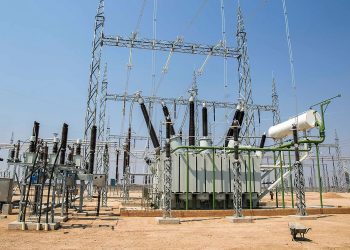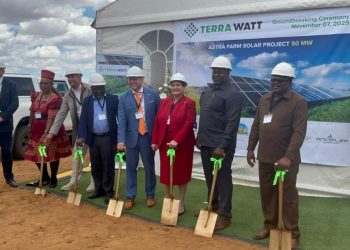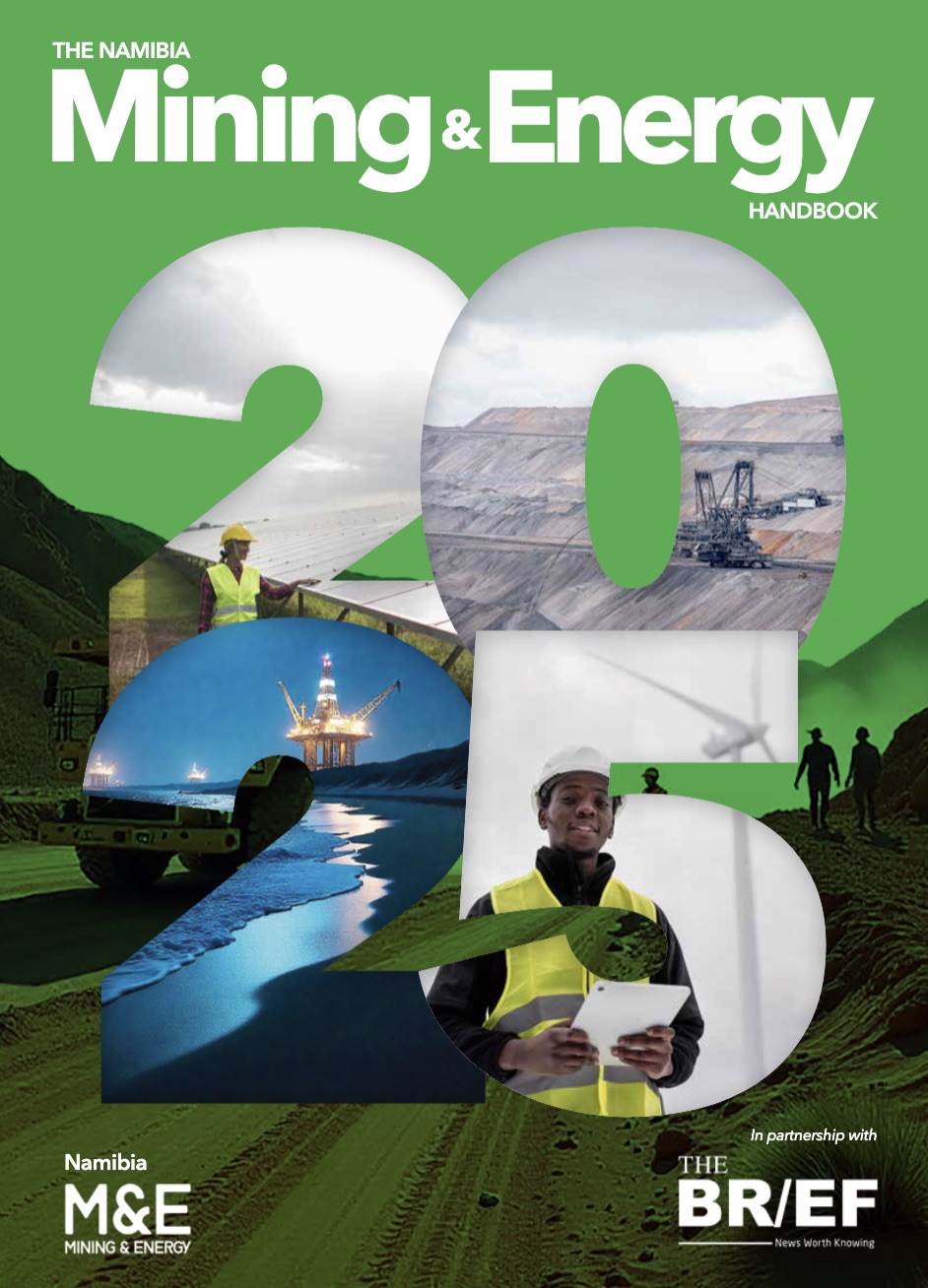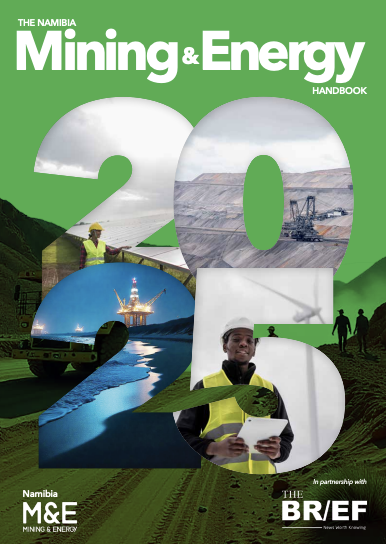
Namibia is expected to finalise its first comprehensive energy master plan by early 2027, providing a long-term framework to guide investment, policy decisions and industrialisation strategies.
The plan will assess energy sources and infrastructure needs to chart a roadmap for sustainable energy development. EU-led GET-Transform Country Window Coordinator, Uwe Kuepker, said discussions with the Ministry of Energy began late last year to define priorities for the framework.
“A key workshop scheduled for 24 September will refine themes, gather stakeholder input, and formally launch sectoral data collection,” he said.
Kuepker noted that data gathering across renewable energy, petroleum, NamPower and investment sectors will continue for about a year before the drafting phase begins.
Working groups will be set up to coordinate data production, modelling and analysis, with broad participation from government and industry.
“This master plan is a living document that will evolve with Namibia’s energy priorities and can be updated every few years to remain relevant,” Kuepker said.
He added that aligning energy sources and infrastructure requirements would help Namibia meet its industrialisation goals through sustainable energy development.
The plan is intended as an open tool for policymakers, investors and stakeholders to adapt strategies as the energy landscape changes. “These steps will ensure Namibia builds a flexible, informed framework for energy planning that supports investment, sustainability, and long-term growth,” Kuepker said.
The master plan forms part of the GET-Transform project, co-funded by Germany, the European Union and the Netherlands, in partnership with the Ministry of Industries, Mines and Energy, the Electricity Control Board and NamPower.
It will also support hydrogen initiatives and strategies such as maritime decarbonisation.







